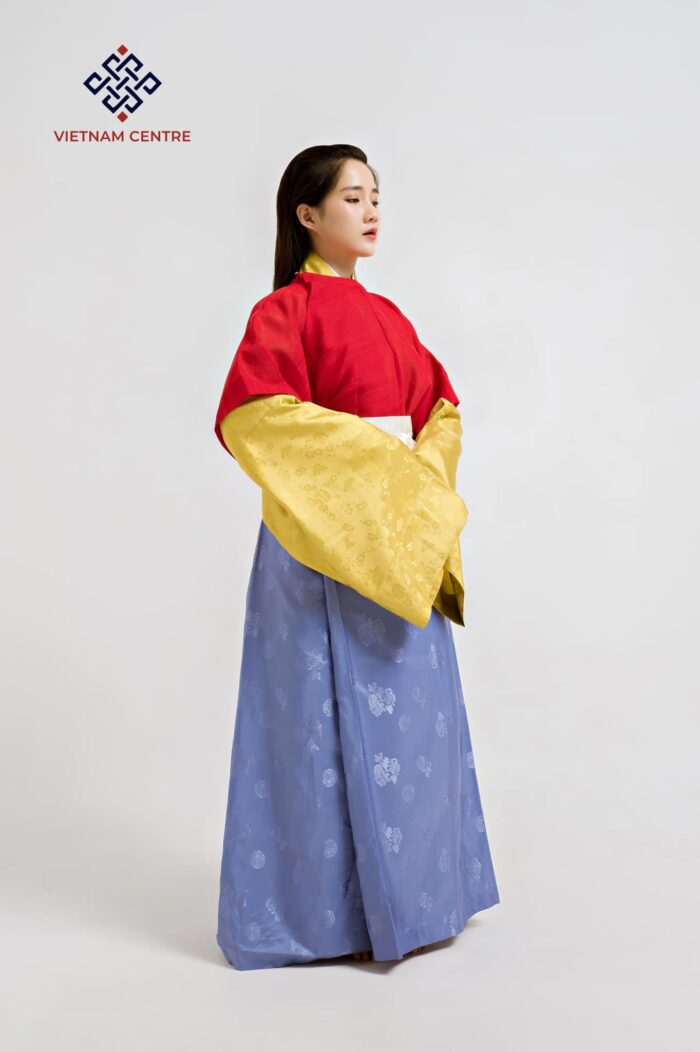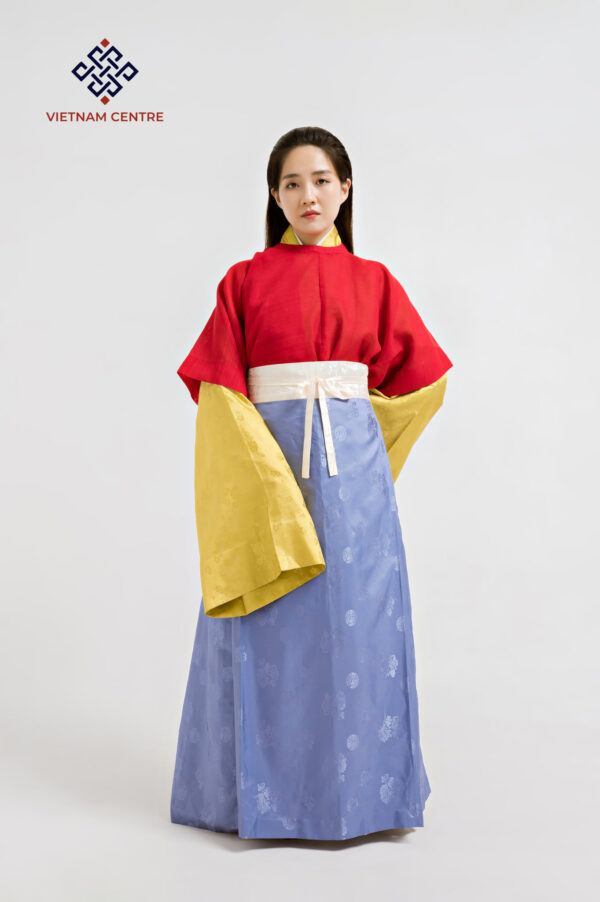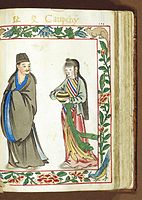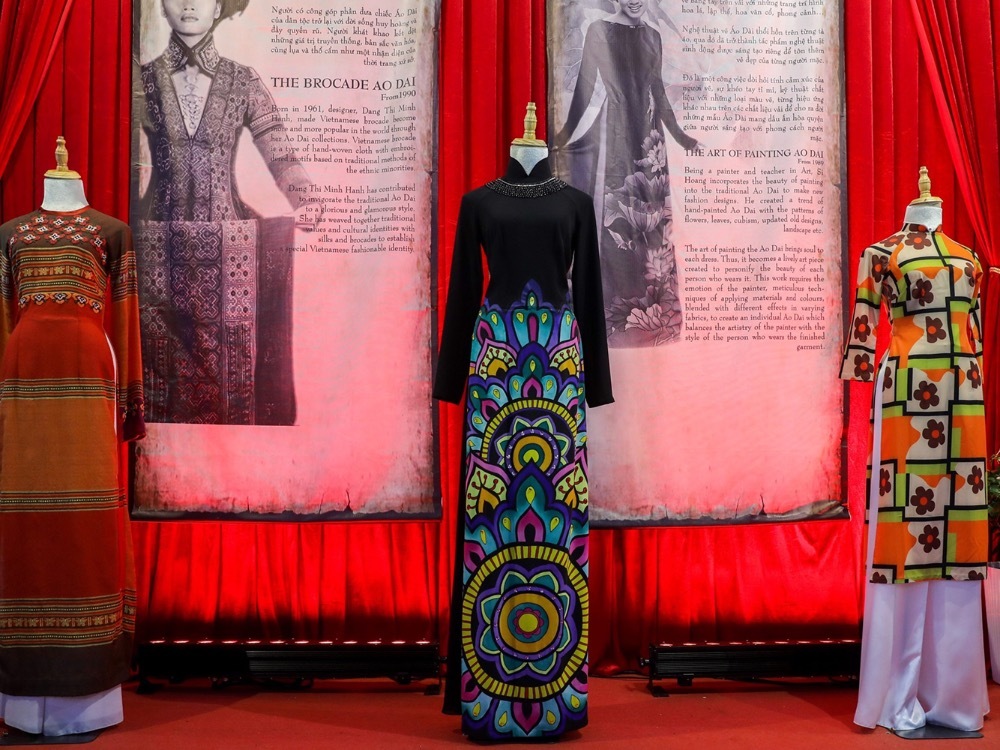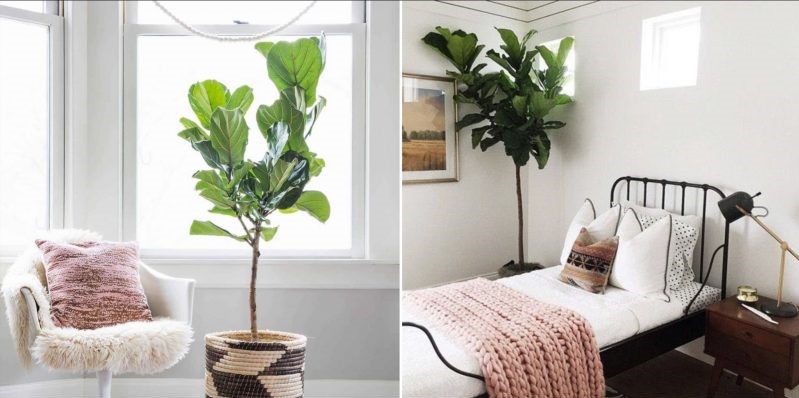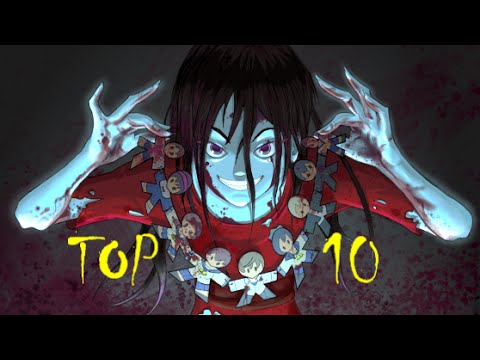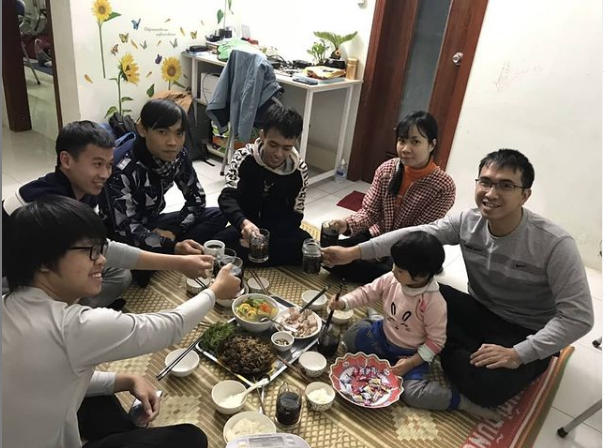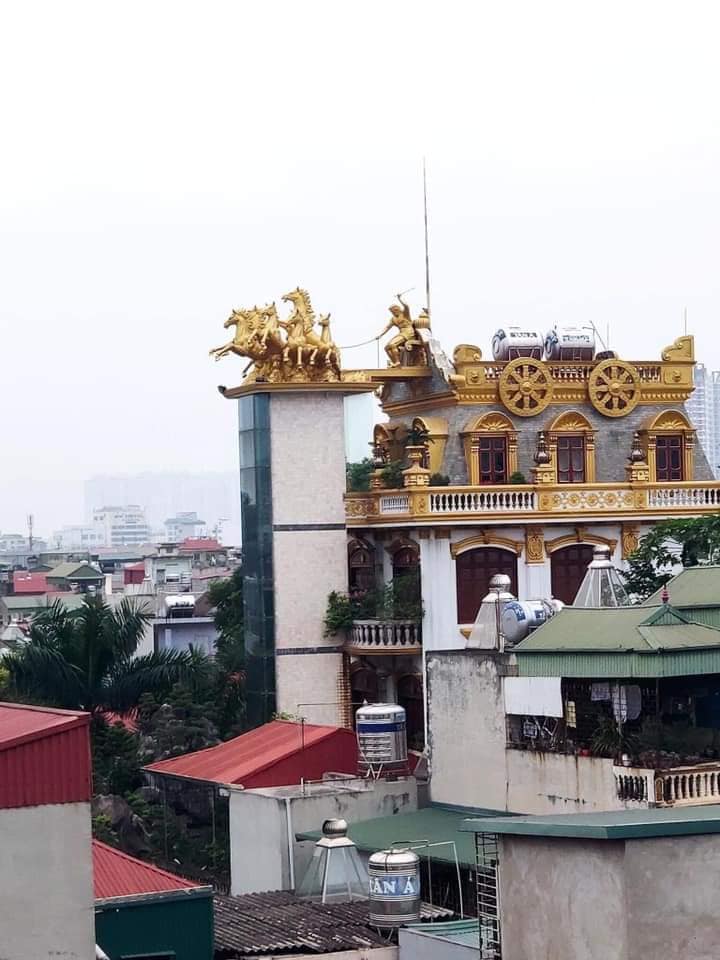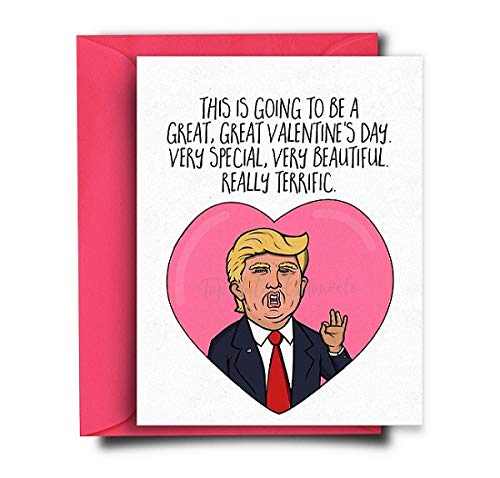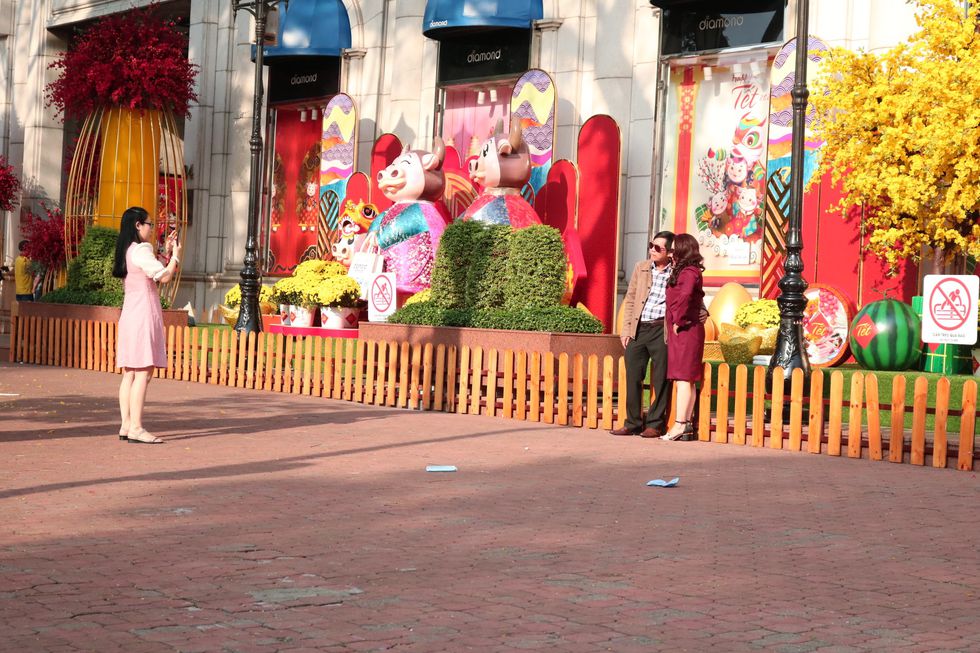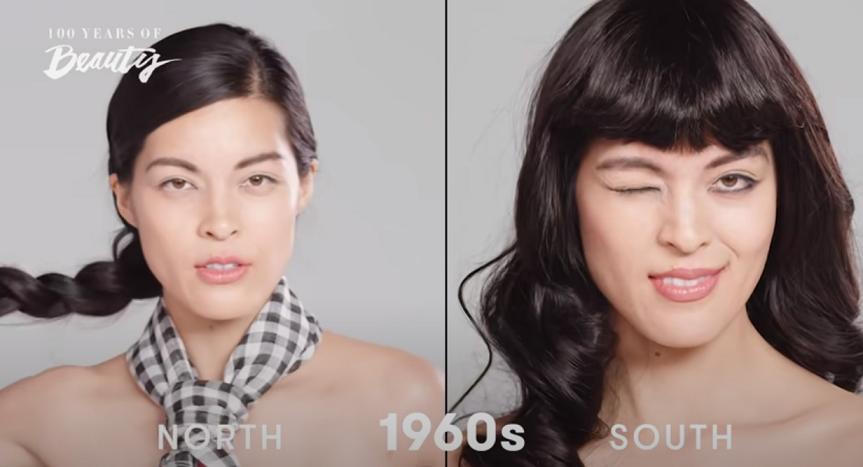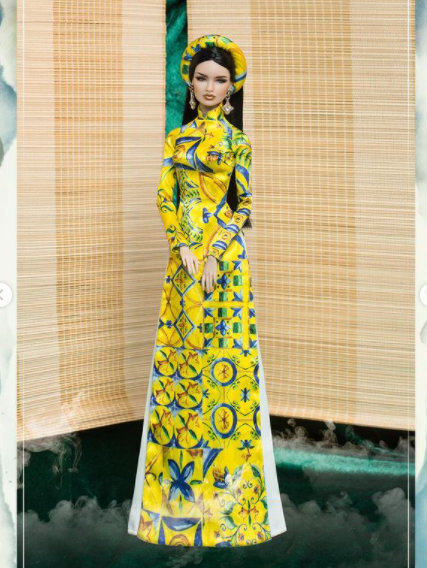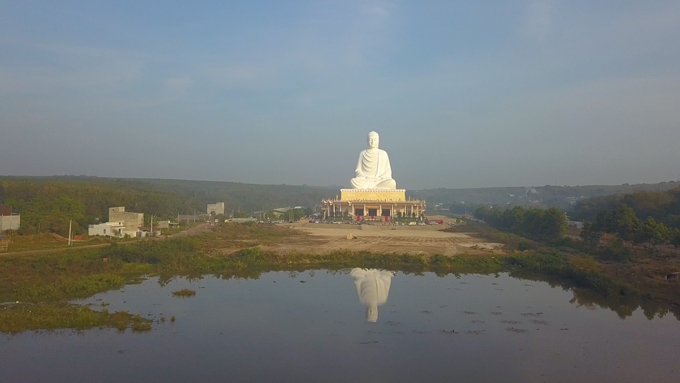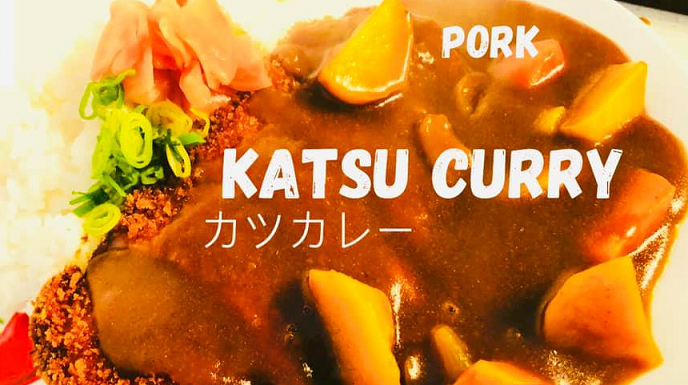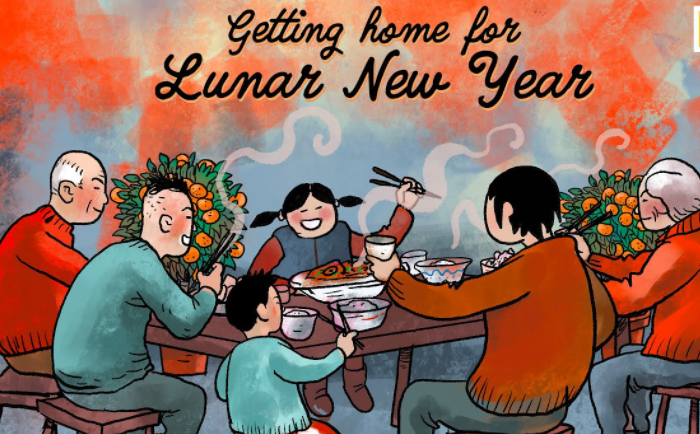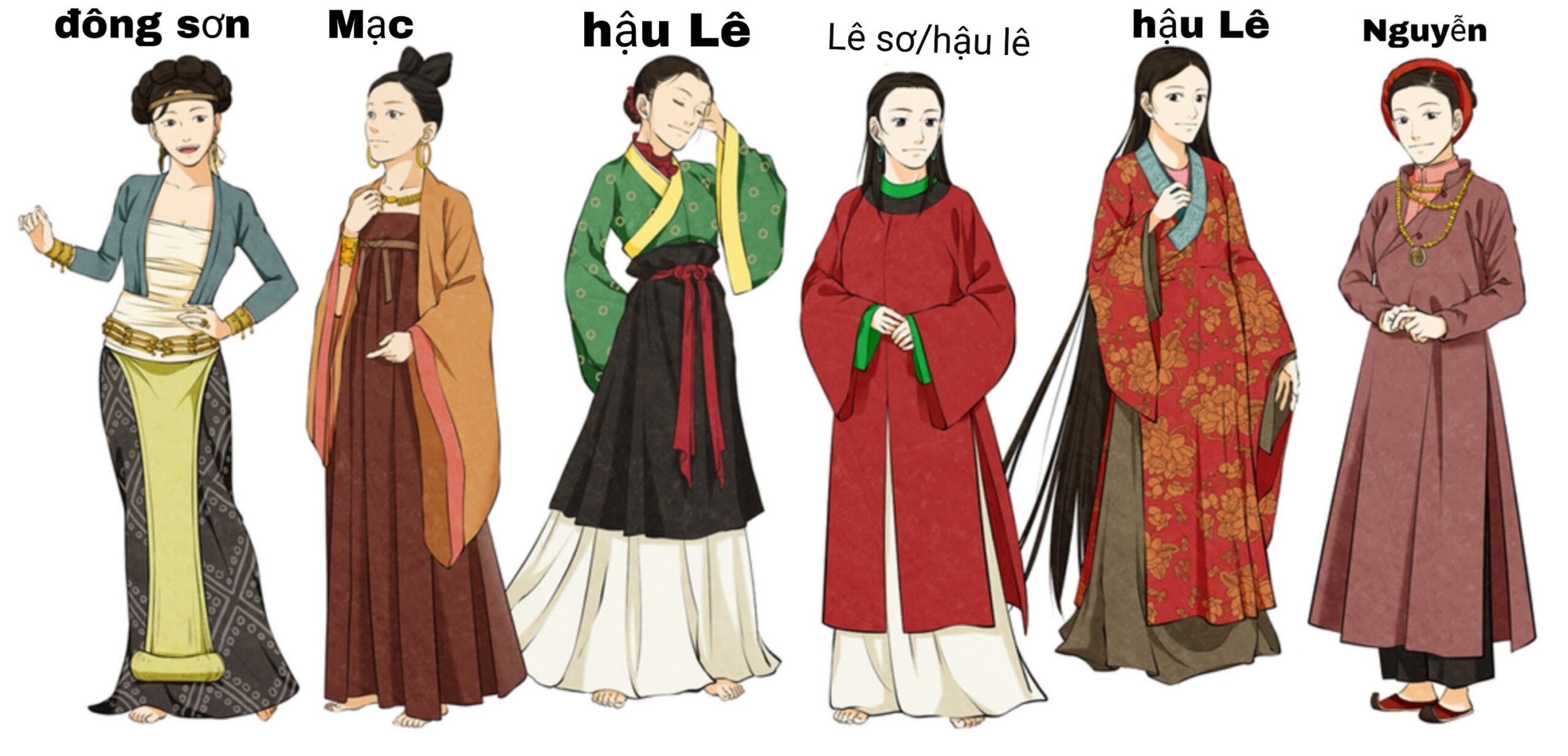
For daily wear in Vietnam, Vietnamese people wear modern everyday clothing (đồ Tây; Western clothing), but the common name for everyday clothing is quần áo thường ngày (literally “normal day clothing”).
History
The Lê dynasty encouraged the civilians back to the traditional customs: have teeth blackening as well as have hair cut and head shaven. A royal edict was issued by Vietnam in 1474 forbidding Vietnamese from adopting foreign languages, hairstyles and clothes like that of the Lao, Champa or the “Northerners” which referred to the Ming. The edict was recorded in the 1479 Complete Chronicle of Dai Viet of Ngô Sĩ Liên.
Before 1744, people of both Đàng Ngoài (the north) and Đàng Trong (the south) wore áo giao lĩnh with thường (a kind of long skirt). The Giao Lĩnh dress appeared very early in Vietnamese history, possibly during the first Chinese domination by Eastern Hàn, after Mă Yuán was able to finally defeat the Trưng Sisters’ rebellion. Those of the lower classes would prefer sleeves with reasonable widths or tight sleeves, and of simple colors. This stemmed from its flexibility in work, allowing people to move around with ease. Both male and female had loose long hair.
Vietnamese Costumes of Le Dynasty – Female Costume
Vietnam Centre took the inspiration from the painting “Collection of the Red Seal Ships Transporting Goods in Cochinchina” for the style of the Cochinchina female costumes in the Lê dynasty.
